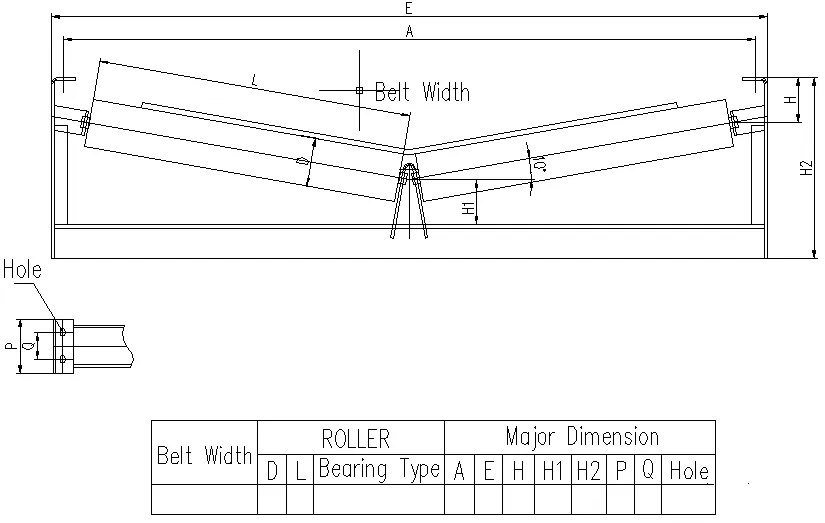 Afrikaans
Afrikaans  Albanian
Albanian  Amharic
Amharic  Arabic
Arabic  Armenian
Armenian  Azerbaijani
Azerbaijani  Basque
Basque  Belarusian
Belarusian  Bengali
Bengali  Bosnian
Bosnian  Bulgarian
Bulgarian  Catalan
Catalan  Cebuano
Cebuano  Corsican
Corsican  Croatian
Croatian  Czech
Czech  Danish
Danish  Dutch
Dutch  English
English  Esperanto
Esperanto  Estonian
Estonian  Finnish
Finnish  French
French  Frisian
Frisian  Galician
Galician  Georgian
Georgian  German
German  Greek
Greek  Gujarati
Gujarati  Haitian Creole
Haitian Creole  hausa
hausa  hawaiian
hawaiian  Hebrew
Hebrew  Hindi
Hindi  Miao
Miao  Hungarian
Hungarian  Icelandic
Icelandic  igbo
igbo  Indonesian
Indonesian  irish
irish  Italian
Italian  Japanese
Japanese  Javanese
Javanese  Kannada
Kannada  kazakh
kazakh  Khmer
Khmer  Rwandese
Rwandese  Korean
Korean  Kurdish
Kurdish  Kyrgyz
Kyrgyz  Lao
Lao  Latin
Latin  Latvian
Latvian  Lithuanian
Lithuanian  Luxembourgish
Luxembourgish  Macedonian
Macedonian  Malgashi
Malgashi  Malay
Malay  Malayalam
Malayalam  Maltese
Maltese  Maori
Maori  Marathi
Marathi  Mongolian
Mongolian  Myanmar
Myanmar  Nepali
Nepali  Norwegian
Norwegian  Norwegian
Norwegian  Occitan
Occitan  Pashto
Pashto  Persian
Persian  Polish
Polish  Portuguese
Portuguese  Punjabi
Punjabi  Romanian
Romanian  Russian
Russian  Samoan
Samoan  Scottish Gaelic
Scottish Gaelic  Serbian
Serbian  Sesotho
Sesotho  Shona
Shona  Sindhi
Sindhi  Sinhala
Sinhala  Slovak
Slovak  Slovenian
Slovenian  Somali
Somali  Spanish
Spanish  Sundanese
Sundanese  Swahili
Swahili  Swedish
Swedish  Tagalog
Tagalog  Tajik
Tajik  Tamil
Tamil  Tatar
Tatar  Telugu
Telugu  Thai
Thai  Turkish
Turkish  Turkmen
Turkmen  Ukrainian
Ukrainian  Urdu
Urdu  Uighur
Uighur  Uzbek
Uzbek  Vietnamese
Vietnamese  Welsh
Welsh  Bantu
Bantu  Yiddish
Yiddish  Yoruba
Yoruba  Zulu
Zulu idler for conveyor belt
Understanding the Role of Idlers in Conveyor Belt Systems
Conveyor belts are an integral part of various industries — from manufacturing to logistics — facilitating the efficient movement of materials across considerable distances. One of the critical components that ensure the smooth operation of these systems is the idler. Idlers play a vital role in supporting the conveyor belt, maintaining its alignment, and enhancing its operational efficiency.
What is an Idler?
An idler is a cylindrical component that supports the conveyor belt as it moves large quantities of materials. Positioned at regular intervals along the conveyor’s length, idlers create a surface for the belt to traverse over, reducing friction and wear while ensuring stability. Typically made from robust materials such as steel or plastic, idlers come in various designs to cater to different applications and environments.
Types of Idlers
Idlers can be classified into several types based on their function and design. The most common types include
1. Impact Rollers Placed at loading points, they cushion the impact of materials falling onto the belt, preventing damage. 2. Carrying Idlers These are the primary support systems that carry the belt and the load. They can be flat, troughed, or some variation in between depending on the angle of the conveyor.
4. Training Idlers Used to keep the belt centered on the conveyor, preventing misalignment and potential issues.
idler for conveyor belt

5. Self-Aligning Idlers Designed to adjust and keep the belt aligned automatically, which is particularly useful in minimizing maintenance needs.
Importance of Idlers
Idlers are crucial for several reasons. Firstly, they significantly reduce the friction encountered by the conveyor belt, leading to lower energy consumption and operational costs. As the belt moves, it can generate heat due to friction; effective idlers mitigate this heat generation, enhancing the lifespan of the belt and associated components.
Moreover, idlers promote the even distribution of the load along the belt. Uneven loading can lead to premature wear on certain areas of the belt, leading to costly downtime for repairs and maintenance. With proper idler support, the materials are kept evenly balanced, enhancing the overall efficiency of the conveyor system.
Maintenance of Idlers
Regular maintenance of idlers is vital to ensure the longevity of a conveyor system. This includes checking for wear and tear, proper alignment, and ensuring all components are adequately lubricated. Failure to maintain idlers can lead to more serious issues down the line, including belt misalignment, increased energy consumption, and even breakdowns.
Conclusion
In summary, idlers are a critical component of conveyor belt systems, playing an essential role in their functionality and efficiency. Their various types serve specific functions, contributing to smooth operations across different industries. By prioritizing the maintenance and proper selection of idlers, businesses can ensure their conveyor belts operate optimally, resulting in increased productivity and reduced operational costs. Understanding and utilizing idlers effectively is key to unlocking the full potential of conveyor systems.
-
Revolutionizing Conveyor Reliability with Advanced Rubber Lagging PulleysNewsJul.22,2025
-
Powering Precision and Durability with Expert Manufacturers of Conveyor ComponentsNewsJul.22,2025
-
Optimizing Conveyor Systems with Advanced Conveyor AccessoriesNewsJul.22,2025
-
Maximize Conveyor Efficiency with Quality Conveyor Idler PulleysNewsJul.22,2025
-
Future-Proof Your Conveyor System with High-Performance Polyurethane RollerNewsJul.22,2025
-
Driving Efficiency Forward with Quality Idlers and RollersNewsJul.22,2025





























